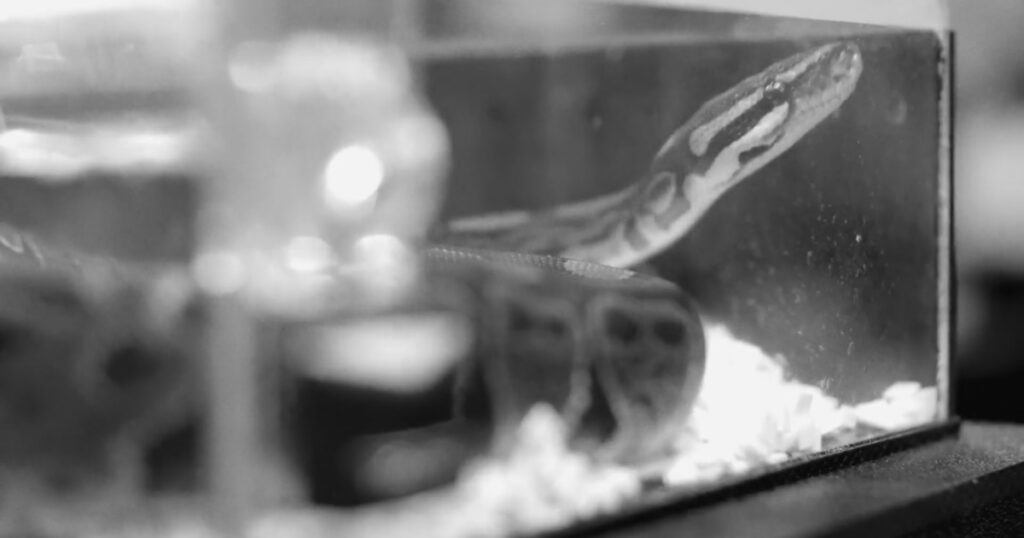Social media videos of adopted animals like monkeys and pet crocodiles can rack up millions of views, but animal rights campaigners say much of what’s shared online can be abuse.
Now, they’re calling for social media giants to put stricter guidelines in place around content featuring wild animals.
It comes as the Social Media Animal Cruelty Coalition (SMACC) released the findings of an investigation into this kind of content.
It analysed 840 videos on platforms such as Facebook and Instagram, depicting wild animals that were being kept as pets.
Those 840 videos collectively had more than 11. 8 billion views.
“Most people watching on social media do not see the vast amount of cruelty that has been perpetrated against animals for that 30 second video,” said SMACC coordinator Nicola O’Brien.
“What may look like a loving owner feeding their pet tiger with milk, what they are seeing is actually an endangered species who has and will suffer immensely. ”
Head at World Animal Protection campaigns Gilbert Sape said the sample studied was only a small number compared to the millions of videos featuring wildlife.
“They look lovable, that’s why people like them and share them – and they ask for more. ”
But he said there were “lots of problems”.
“These are wild animals, and they belong in the wild, not the household. ”
While this content is rarely created in New Zealand, Kiwis exacerbate the problem when they liked or shared these images or video.
“We may think they are cute or funny If we share and like it, we are complicit. ”
The most common animals seen were primates, the majority of these were macaques, a small monkey species.
The report discussed how wild animal behaviour was often anthropomorphised (the incorrect attribution of human characteristics to nonhuman animals).
It said that it leads to incorrect interpretation of things like body posture, facial expressions, vocalisations and other forms of communication.
A common example was when monkeys appeared to be smiling.
“For most primates, such grins are expressions of fear or extreme submission,” the report read.
“The drive for likes and shares leads creators to stage situations with their animals, to produce new content,” Sape said.
He said: “Many videos show wild animals being dressed in human clothes, made to perform ‘human’ type behaviours or brought into unsuitable settings.
“Some of the actions are potentially risky for the humans involved too. In one video, a woman takes a tiger cub into a fitness gym.
Others show crocodiles living with children, and humans swimming with fully grown pet tigers. ”
The most extreme videos showed the sexual abuse animals, fake “rescues”, when the content creator puts the animal in environment that needs rescuing, or the wildlife dying.
Social giants like Meta, which owns Facebook and Instagram, do have policies in place.
On its website it lists various banned content, which include: videos depicting humans killing animals if there is no explicit manufacturing, hunting, food consumption, processing or preparation context, imagery of animal-to-animal fights, unless in the wild, imagery of humans committing acts of torture or abuse against live animals, or imagery of animals showing wounds or cuts so severe you can see the animals’ innards.
But World Animal Protection is concerned this does not go far enough, “they don’t take responsibility and I think they should really clean up their act,” Sape said..

